My Ginger Does Not Bloom
tmli
18 years ago
Featured Answer
Sort by:Oldest
Comments (17)
bihai
18 years agocarla17
18 years agoRelated Professionals
Danbury Landscape Architects & Landscape Designers · Birmingham Landscape Architects & Landscape Designers · Lowell Landscape Architects & Landscape Designers · Oatfield Landscape Architects & Landscape Designers · Brentwood Landscape Contractors · Belvedere Park Landscape Contractors · Davis Landscape Contractors · Downey Landscape Contractors · Maywood Landscape Contractors · New Cassel Landscape Contractors · Rosemount Landscape Contractors · Suitland Landscape Contractors · Columbia Roofing & Gutters · St. Louis Roofing & Gutters · Rome Roofing & Gutterstmli
18 years agorayandgwenn
18 years agoljrmiller
18 years agobihai
18 years agotmli
18 years agoamaranthim
9 years agosteiconi
9 years agolakehousejournal
8 years agomori kogoro
8 years agonoblesavagess
7 years agomersiepoo
7 years agojbclem
7 years agoGary Lewis
7 years agoJohn 9a
6 years ago
Related Stories
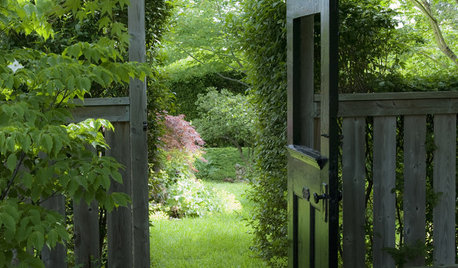
GARDENING AND LANDSCAPINGHow Does Your Garden Entertain?
Forget silver bells and cockle shells. Let your landscape's natural beauty charm guests when you entertain outdoors
Full Story
MORE ROOMSPhoto of the Week: An Office Where Creativity Blooms
A bright and youthful Los Angeles office encourages happy productivity
Full Story
GARDENING GUIDESGreat Design Plant: Amelanchier Signals Spring With Airy White Blooms
With roughly 20 species of serviceberry native to the U.S., bees can feed on the early-season blooms while birds enjoy the summer berries
Full Story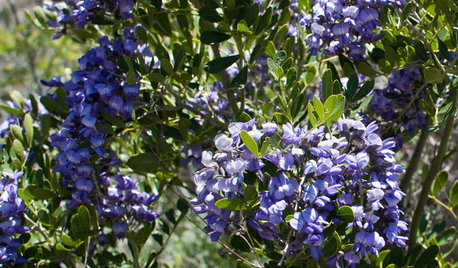
TREES6 Unsung Spring-Blooming Trees
Billowy blooms and rare fragrances will make you wonder how these flowering trees could ever have been underused in landscapes
Full Story
GARDENING GUIDESTop 12 Summer-Blooming Perennials for Deer-Resistant Drama
Can you have garden color, fragrance and exciting foliage with hungry deer afoot? These beauties say yes
Full Story
NATIVE PLANTSGreat Native Plant: Grow Wild Quinine for Its Unique Clusters of Blooms
Get connoisseur cred and unique blooms with this uncommon plant. Bonus assets: It’s low maintenance and drought tolerant
Full Story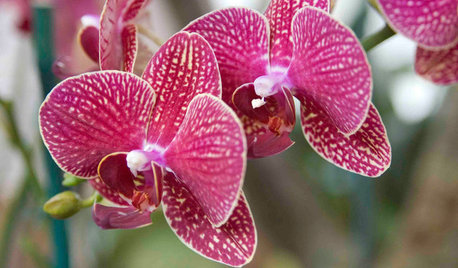
HOUSEPLANTSOrchids 101: How to Keep Your Moth Orchids Alive and Blooming
Growing Phalaenopsis — and getting it to flower again — is easier than you might think
Full Story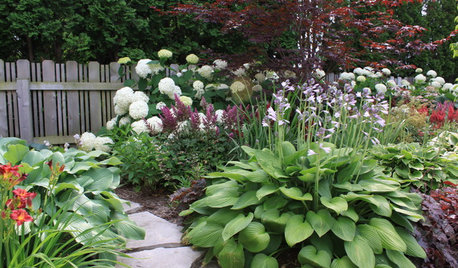
MOST POPULARSpring Gardens Are Blooming — Here’s What to Do in April
Get the guide you need for gardening in your U.S. region, with tasks, climate-appropriate plantings and more
Full Story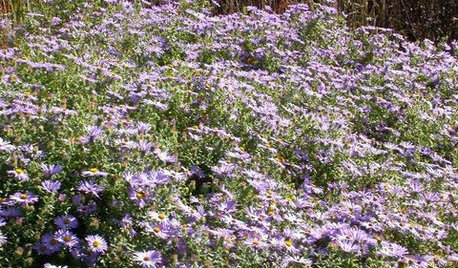
GARDENING FOR BUTTERFLIESGreat Design Plant: Aromatic Aster Keeps on Blooming
Tough as nails, drought loving, a deep fall bloomer ... this aster is a champ in sunny gardens
Full Story
GARDENING GUIDESGreat Design Plant: Try Blue Bells for Blooms in Dry Soil
This shrub’s violet-blue flowers and silvery foliage brighten low-water gardens all year long
Full Story

mersiepoo